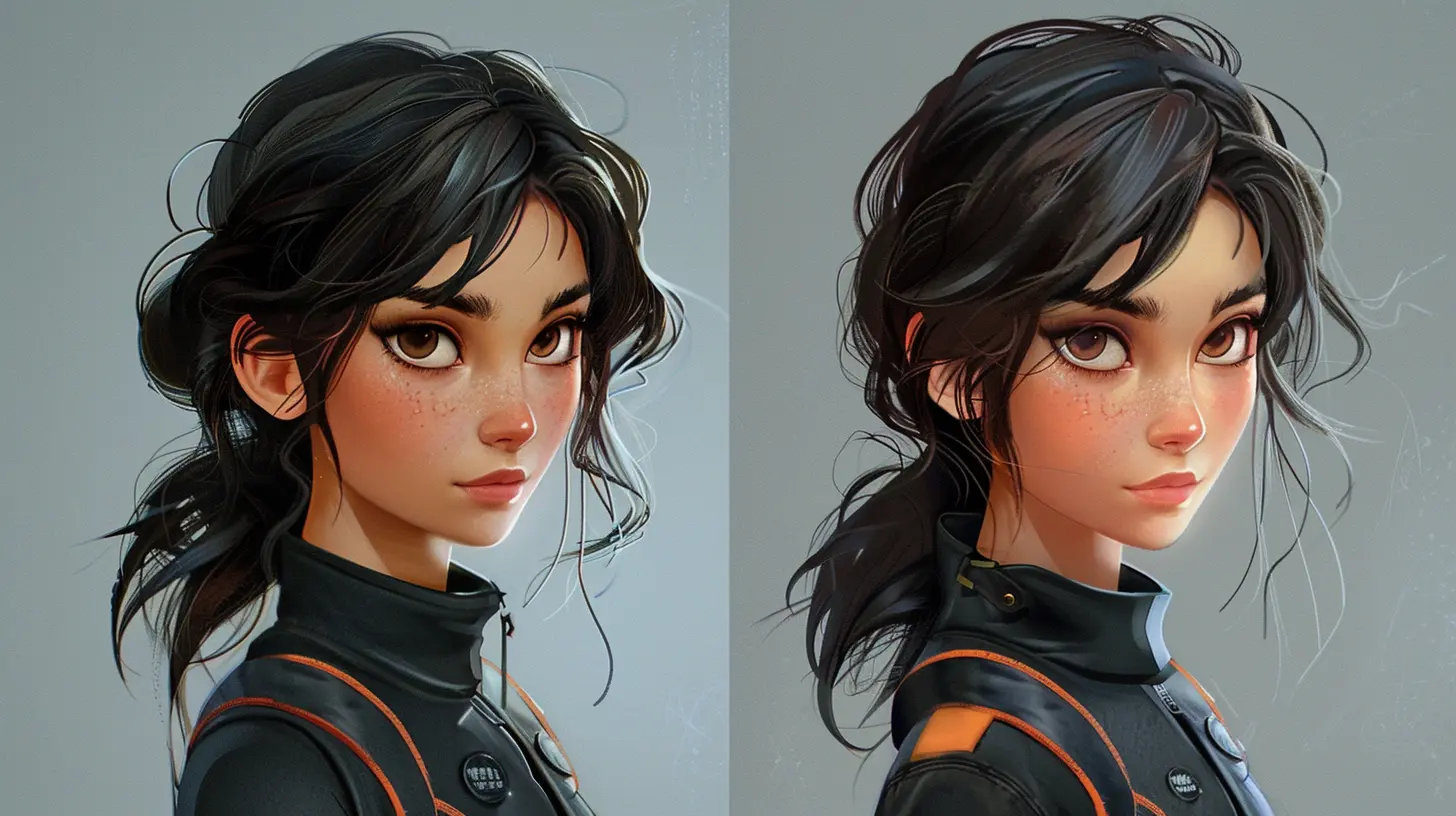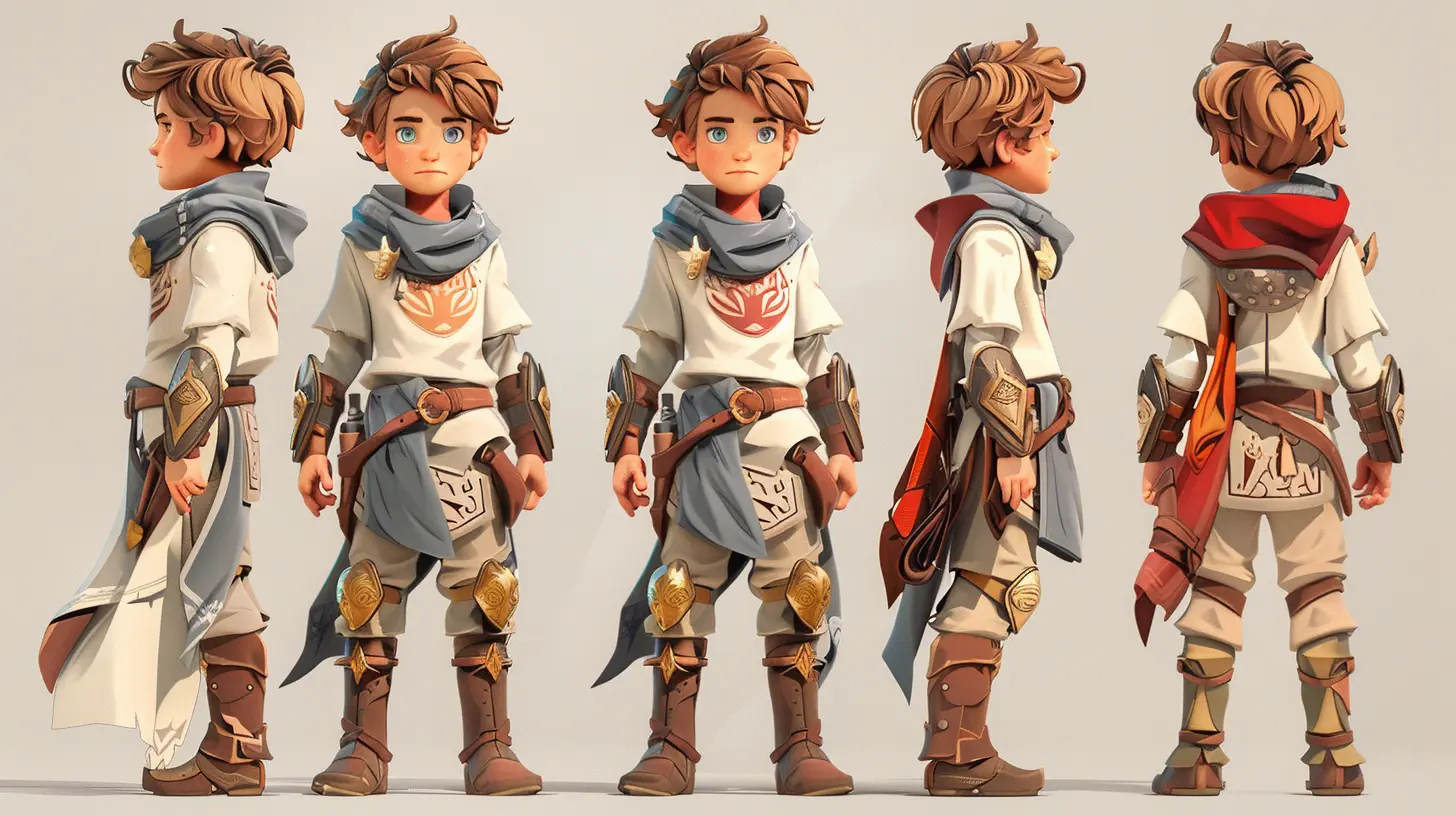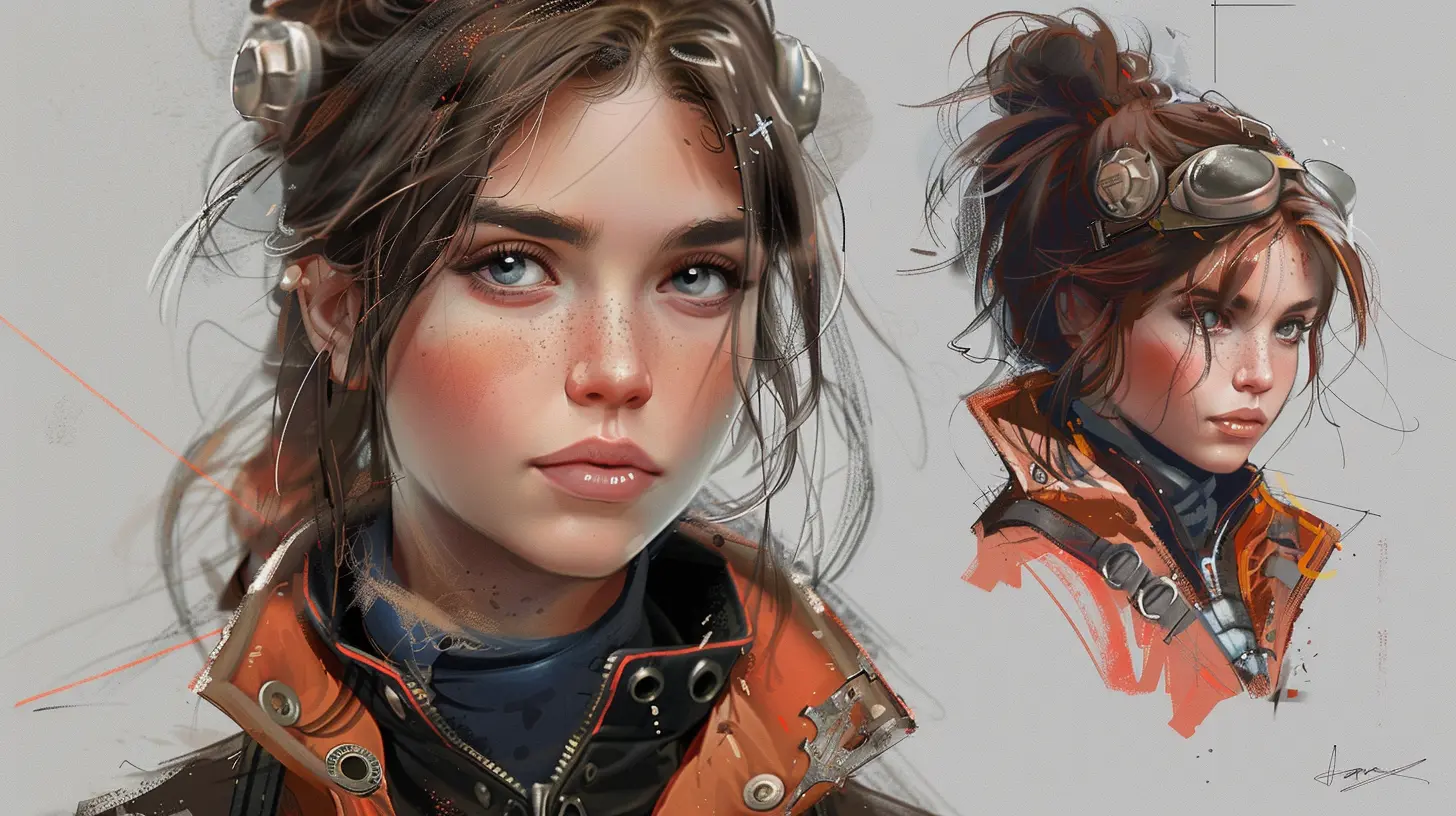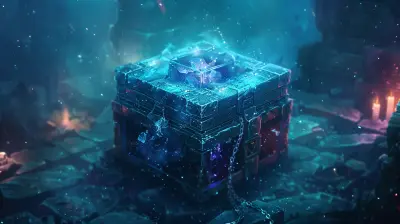Creating a Memorable Protagonist: The Art of Character Design
4 November 2025
Let’s face it—what’s a great game without a great protagonist? Whether you're designing the next big RPG or a quirky indie adventure, the main character is your player's anchor. They’re the gateway between your game's world and the player’s heart.
Creating a memorable protagonist isn't just about slapping some cool hair and a tragic backstory together. It’s an art form—blending personality, goals, flaws, visual design, and emotional depth into a single, unforgettable journey.
So, how do you design a hero players will remember long after the credits roll? Let’s break it down.
Why the Protagonist Matters More Than You Think
Ever stopped playing a game because you just couldn’t care less about the main character? Yeah, we've all been there. When players can't connect with the protagonist, it’s like trying to enjoy a movie where the lead actor has no charisma. Not fun.Your protagonist is the emotional glue. They give meaning to the gameplay, purpose to the quests, and context to the world. Without them, even the most thrilling mechanics can feel empty.
Great protagonists keep players invested. They push the game forward, inspire fan art and cosplay, and—if you really nail it—they become legends.
Core Ingredients of a Memorable Protagonist
You can get pretty far with a sword and a smirk, but to make a truly iconic character, you’ll want a deeper mix of elements. Here’s what you need to stir in:1. A Clear Purpose or Motivation
All great characters want something. It could be revenge, redemption, freedom, or even just a quiet life. Whatever it is, their goal is what propels them—and the player—forward.Ask yourself:
- What drives this character at their core?
- Why are they going on this journey?
Bonus tip: motivations that are personal feel more real. Saving the world is cool, but saving their sibling? That hits harder.
2. Flaws That Make Them Human
Perfect characters are boring. Flaws give your protagonist relatability and depth. Maybe they’re reckless, overly trusting, or haunted by guilt. Whatever the flaw, it should shape their decisions—and mistakes.When players watch your hero struggle and grow, it feels real. And real is memorable.
3. A Distinct Personality
Whether it’s stoic silence like Link or snarky charm like Nathan Drake, personality is king. It’s how your protagonist talks, reacts, and connects.Think about:
- How does your character talk?
- What’s their sense of humor like?
- Are they confident, shy, arrogant?
You want to make sure your character feels alive, not like a cardboard cutout.
4. A Backstory That Adds Layers
Backstory isn’t just lore—it’s emotional baggage. Your character’s past influences how they see the world, who they trust, and what they're afraid of.Don’t spill it all up front, though. Unraveling a protagonist’s past over time keeps players hooked and deepens their connection.
The Visual Design: First Impressions Matter
Gamers are a visual bunch. The way your protagonist looks sets the tone before they ever speak a word.So how do you nail that visual first impression?
1. Silhouette Is Everything
Think of iconic characters—Mario, Master Chief, Lara Croft. You can recognize them just by their outlines. Strong silhouettes make your character instantly identifiable.Keep your design clean, unique, and balanced. Avoid visual noise and focus on memorable shapes.
2. Color Psychology
Colors evoke emotion. Blues suggest calm or sadness. Reds scream passion or danger. Choose a palette that matches the character’s vibe.Pro tip: consistency in color across gear or outfits helps reinforce recognition.
3. Iconic Details
Give your protagonist something that sticks—a hat, a tattoo, a glowing scar. Tiny visual signatures make a huge difference in memorability.
The Role of Voice Acting (Even Without Voice)
Voice brings characters to life, easing immersion and giving nuance to emotion. But even if your game doesn’t use actual voice acting, text tone, pacing, and punctuation can convey just as much personality.Think about The Legend of Zelda. Link never speaks, yet players feel his determination through his expressions and actions.
So whether it’s lines delivered with bravado or quiet moments showing vulnerability, let your protagonist "speak" in a way that fits them.
Writing Meaningful Arcs: Let Your Hero Change
Static characters are snoozefests. The best protagonists evolve throughout the game.Start with a flaw or weakness, put them through the wringer, and let them grow. That change makes the journey feel earned—and makes players feel like they’ve really been a part of it.
For example, maybe your cocky hero learns humility. Or your scared runaway finds courage. That shift? That’s memorable storytelling gold.
The Player-Protagonist Connection
Here’s the million-dollar question:Is your character someone the player becomes—or someone they walk alongside?
Some games thrive with blank-slate avatars (like in Skyrim or Pokémon). Others use fully fleshed-out protagonists with strong personalities (like Joel from The Last of Us).
Neither approach is wrong. What matters is clarity and consistency.
If players are the character, give them choices and freedom. If they follow the character, write them like they’re a real person—complex, messy, compelling.
Tips for Infusing Life Into Your Protagonist
Need some practical pointers? Here’s a cheat sheet:- Dialogue should sound natural. Read it out loud. If it feels off, it probably is.
- Use body language. Posture, expression, and movement can reveal personality without saying a word.
- Build relationships. Side characters that challenge or support your protagonist make them feel real.
- Let them fail. A protagonist who never struggles won’t feel authentic.
- Inject humor or warmth. Even in dark games, a dash of humanity goes a long way.
Common Pitfalls to Avoid
Even the best intentions can derail character design. Watch out for these traps:✖ The Generic Hero
You know the one—no personality, no flaws, just a default guy in armor. Don’t fall back on clichés. Mix it up!✖ Emotional Overload
Dramatic backstories are fine, but if your character’s entire village, pet, and extended family all died in a fire... it’s a bit much.Balance tragedy with hope or humor.
✖ Inconsistent Behavior
Your protagonist shouldn’t suddenly change behavior without reason. If they’re brave in one scene and a coward in the next, it better be part of the arc—not sloppy writing.Memorable Protagonists That Did It Right
Let's take a quick stroll down memory lane and vibe-check a few legends:- Kratos (God of War) – From rage-filled revenge machine to guilt-ridden father learning empathy. That’s a character arc done right.
- Aloy (Horizon Zero Dawn) – Fierce, curious, and grounded, with a backstory that unravels gradually and beautifully.
- Cloud Strife (Final Fantasy VII) – Starts as a cold mercenary, slowly reveals layers of trauma, identity issues, and ultimately finds healing.
They all stand out because they’re more than just characters—they’re experiences.
Final Thoughts: Designing Characters That Live On
At the end of the day, creating a memorable protagonist isn’t just about flashy looks or clever lines. It’s about heart. Real heart.The kind that breathes through the screen, makes players laugh, cry, rage, and cheer. A great protagonist is a friend, a guide, and sometimes, a mirror.
So take your time. Ask tough questions. Go beyond the surface. And don’t be afraid to rewrite until it feels just right.
Because when you finally get it right? That’s when your game doesn’t just get played—it gets remembered.
all images in this post were generated using AI tools
Category:
Character CustomizationAuthor:

Pascal Jennings
Discussion
rate this article
1 comments
Vanessa Fry
Great insights! Crafting a memorable protagonist can truly elevate a game. It’s fascinating how design choices can shape our connection to the characters we love!
November 4, 2025 at 5:36 AM

Pascal Jennings
Thank you! I'm glad you found it insightful. A well-crafted protagonist truly enhances the player's experience and connection to the game!


